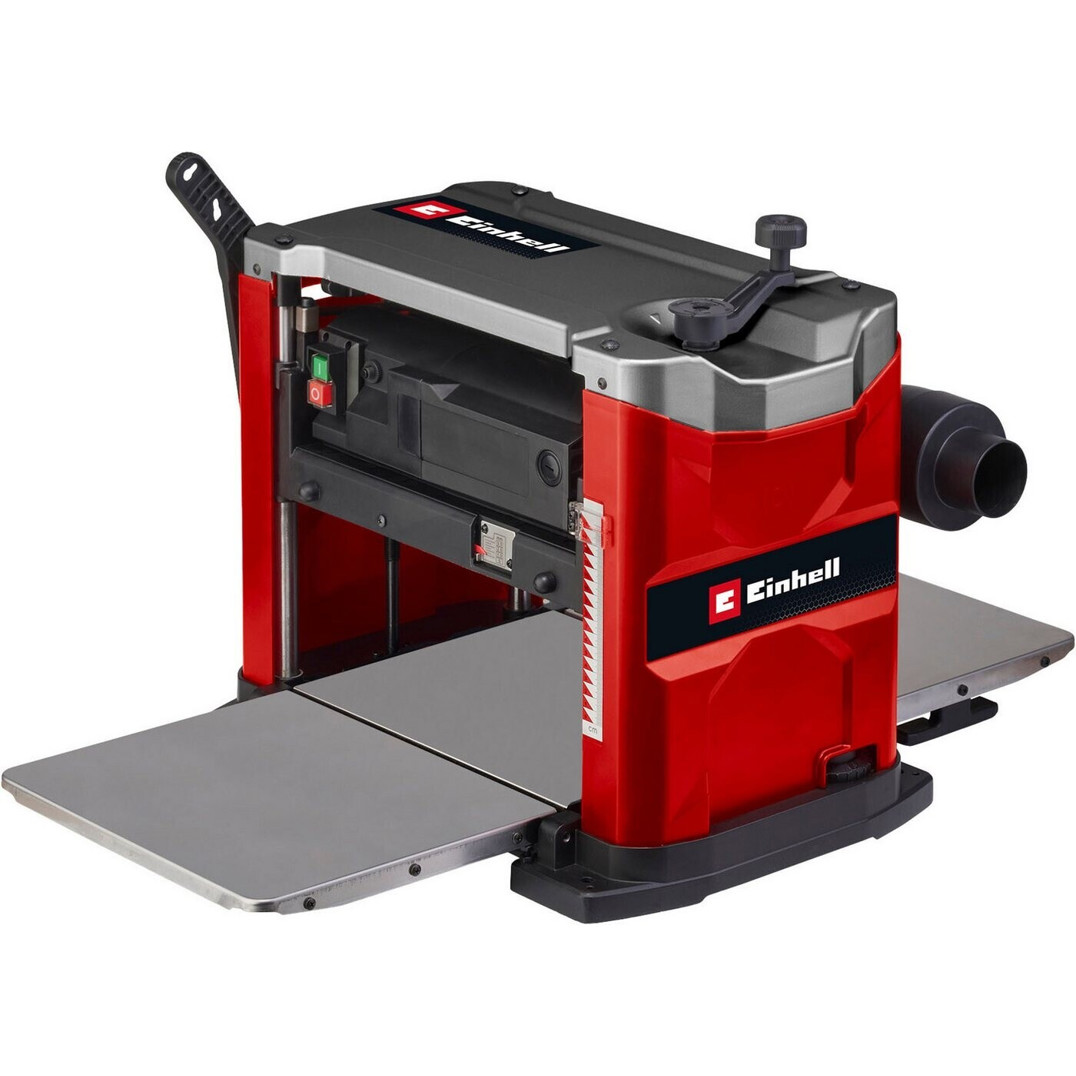Thicknesser Machine Price Comparison: What You Need to Know
Thicknessing machines, also called planers or thicknessers, are important tools for woodworkers seeking to achieve accuracy in their projects. Whether you are a hobbyist or a professional carpenter, the best thicknesser can save time and boost the quality of your work. Nevertheless, with a large range of options available on the marketplace, knowing what to try to find and just how much to budget plan is crucial. This blog site post dives deep into the price comparison of thicknesser devices, their functions, and what aspects can influence their costs.
What is a Thicknesser Machine?
Before diving into the price comparison, it's important to clarify what a thicknesser machine is. A thicknesser is mostly utilized to flatten, align, and thickness wood to precise measurements. Unlike a jointer, which can just flatten one face of a board, a thicknesser can take an already flattened surface area and make it consistent in thickness throughout its entirety.
Key Features to Consider
When comparing thicknessers, several essential features can impact the price. Here's a quick list of functions to consider:
- Motor Power: trivox versand The power of the motor can influence performance and price.
- Cutting Width: Determines the width of the materials you can process.
- Cutting Depth: Impacts how much product can be removed in a single pass.
- Speed: Faster machines can increase performance but might cost more.
- Portability: Some thicknessers are designed to be more portable than others.
- Feed Rate: Influences how rapidly you can process lumber.
- Build Quality: Materials and building of the machine can considerably impact durability.
Thicknesser Machine Price Comparison
To help readers much better understand the expense related to different thicknesser devices, we produced a comparison table of popular models in different price varieties.
Thicknesser Machine Price Chart
| Brand | Design | Motor Power | Cutting Width | Price Range |
|---|---|---|---|---|
| DeWalt | DW735 | 15 Amp | 12" | ₤ 600 - ₤ 700 |
| Makita | 2012NB | 12 Amp | 12" | ₤ 400 - ₤ 500 |
| Bosch | PL1632 | 6.5 Amp | 6.5" | ₤ 100 - ₤ 150 |
| Jet | JWP-208HH | 15 Amp | 20" | ₤ 2000 - ₤ 2500 |
| Delta | 22-580 | 13 Amp | 13" | ₤ 400 - ₤ 600 |
| Grizzly | G0661 | 3 HP | 15" | ₤ 1300 - ₤ 1600 |
| Wen | 6552 | 15 Amp | 13" | ₤ 250 - ₤ 350 |
Evaluating the Price Brackets
Budget-Friendly Options:
- Price Range: ₤ 100 - ₤ 500
- Examples: The Bosch PL1632 and Makita 2012NB are exceptional options for newbies or small shops. These makers are portable, easy to use, and budget-friendly, making them great for hobbyists.
Mid-Range Options:
- Price Range: ₤ 600 - ₤ 1500
- Examples: The DeWalt DW735 and Delta 22-580 offer much better functions, such as boosted motor power and larger cutting widths, making them ideal for semi-professional woodworkers trying to find efficiency without breaking the bank.
High-End Models:
- Price Range: ₤ 2000 and above
- Examples: Professional designs like the Jet JWP-208HH are created for major woodworkers and business applications, offering remarkable performance, extended toughness, and a vast array of features.
Regularly Asked Questions (FAQ)
1. What should I consider when purchasing a thicknesser?
- Look for motor power, cutting width, and depth, along with the construct quality and mobility based upon your workshop size and needs.
2. Is a more expensive thicknesser worth it?
- Generally, more pricey models offer greater resilience, much better performance, and advanced features, which might result in long-term savings and performance for heavy users.
3. How frequently should I sharpen my thicknesser blades?
- Blade maintenance differs based upon frequency of usage and the type of wood processed, but regular evaluation and honing every couple of weeks to months is suggested.
4. Can I use a thicknesser with rough lumber?
- Yes, however it is recommended to flatten the lumber first using a jointer or a comparable tool for best outcomes to avoid wear on the thicknesser's blades.
5. What's the distinction in between a thicknesser and a jointer?
- A thicknesser is utilized to achieve an uniform thickness across the board, while a jointer is created to flatten the surface of the wood.
Picking the best thicknesser machine needs balancing features and costs. By understanding the variance in pricing and what each design needs to offer, woodworkers can make an educated choice that fits their particular requirements. Whether buying a budget-friendly model or splurging on a high-end thicknesser, the right choice can considerably boost woodworking jobs, leading to professional-quality finishes.


